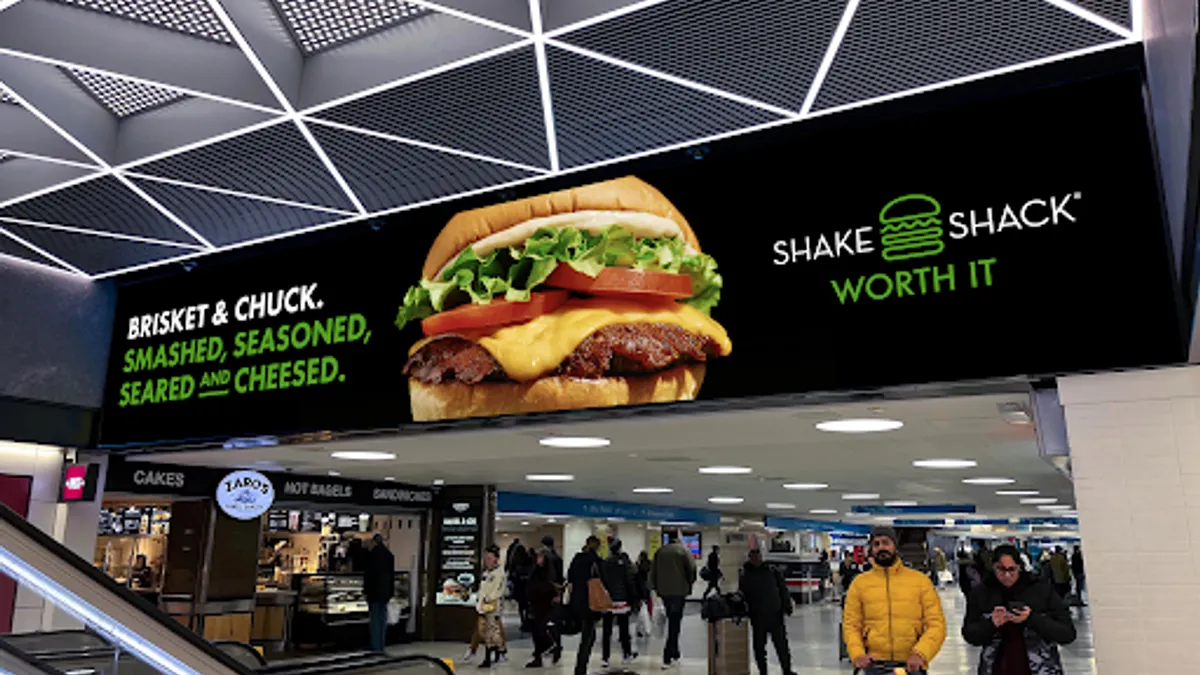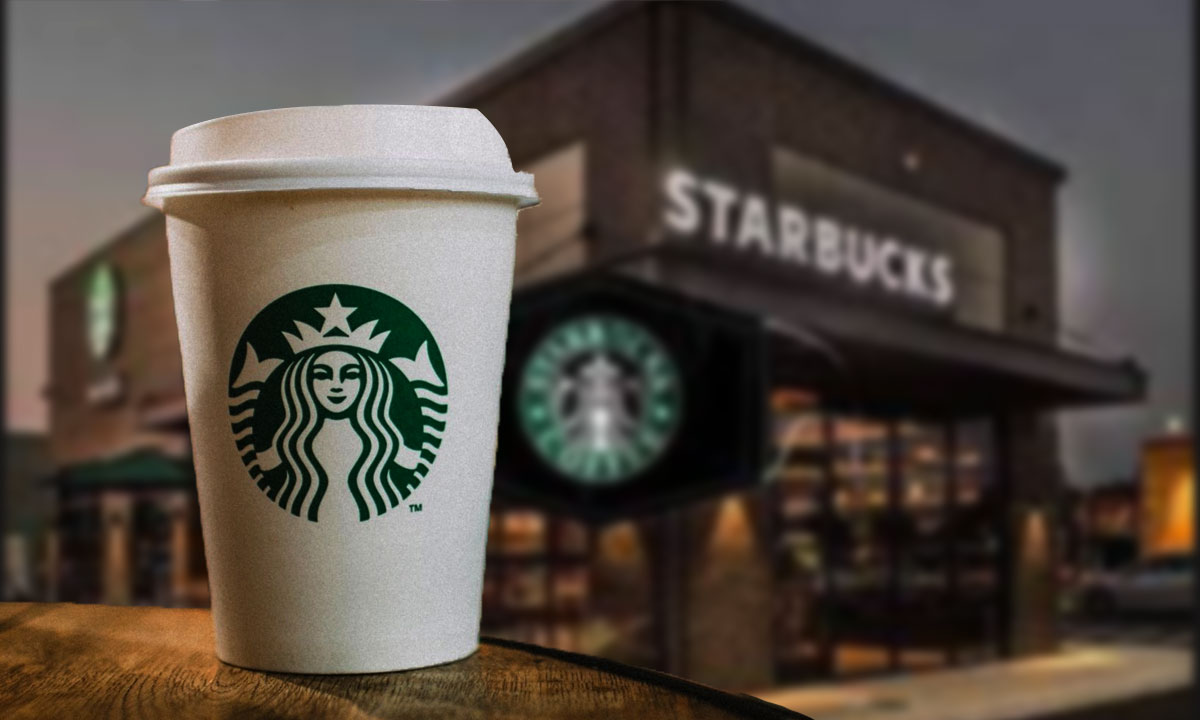As we approach 2025, the restaurant industry is set to undergo significant changes driven by evolving consumer preferences, technological advancements, and shifting market dynamics. For restaurateurs looking to stay ahead of the competition, understanding and embracing these trends will be key to success. From the growing demand for sustainability to the rise of automation, here are four restaurant trends to watch in 2025.

1. Sustainability and Ethical Dining
Sustainability has been a hot topic for several years, but in 2025, it is expected to become an even more pressing issue in the restaurant industry. Consumers, particularly millennials and Gen Z, are increasingly prioritizing sustainability in their dining choices. This trend is influencing not only food sourcing but also packaging, waste management, and the overall environmental footprint of restaurants.
Restaurants will need to adopt more sustainable practices to meet the expectations of environmentally-conscious customers. This includes sourcing ingredients locally, offering more plant-based menu options, and working with suppliers who practice ethical farming. In addition, many restaurants are embracing “zero waste” strategies, such as composting, using biodegradable packaging, and repurposing ingredients to minimize food waste.
Sustainability isn’t just about eco-friendly practices; it’s also about transparency. Diners are more likely to support businesses that share their sustainability initiatives. In 2025, restaurants that can clearly communicate their sustainable sourcing, eco-friendly packaging, and waste-reduction efforts will have a competitive advantage.

2. Automation and AI Integration
Automation and artificial intelligence (AI) are becoming increasingly important in the restaurant industry, and this trend is set to accelerate in 2025. As labor costs rise and businesses look for ways to improve operational efficiency, automation can help streamline many aspects of the dining experience.
From AI-powered ordering systems and robots that deliver food to automated cooking processes and self-service kiosks, technology is transforming the way restaurants operate. For example, some restaurants are already using AI-driven kitchen equipment to improve speed and consistency in food preparation. In the front of the house, AI-powered chatbots and kiosks are helping customers place orders faster, while advanced point-of-sale (POS) systems can analyze consumer data to personalize the dining experience.
Moreover, the rise of delivery apps and ghost kitchens has prompted many restaurants to invest in automation for delivery and order fulfillment. With consumers demanding faster delivery times and more convenience, automation can help meet these needs while reducing human error and operational costs. In 2025, restaurants that embrace automation will be able to provide faster, more efficient service without compromising quality.

3. Health-Conscious and Functional Menus
In 2025, the demand for health-conscious and functional menu items will continue to rise as consumers become more mindful of what they’re eating. The COVID-19 pandemic accelerated a shift towards healthier lifestyles, and this trend is showing no signs of slowing down.
Consumers are increasingly looking for restaurants that offer menus with a focus on nutrition, wellness, and functional foods. This includes plant-based, gluten-free, low-carb, and allergy-friendly options. But beyond dietary restrictions, functional foods—those that offer health benefits such as boosting immunity, improving digestion, or enhancing mental clarity—are expected to be a major trend in 2025.
Restaurants will need to adapt their menus to cater to these demands by offering meals that not only taste good but also promote health and wellness. Ingredients like adaptogens (herbs that help the body resist stress), probiotics, and superfoods (e.g., kale, quinoa, chia seeds) will make their way into mainstream menus. Functional beverages, such as wellness shots, kombucha, and plant-based smoothies, will also become more common.
To stay competitive, restaurants may also offer more customization options, allowing diners to adjust dishes based on their specific dietary needs or wellness goals. The focus will shift from just satisfying hunger to offering an experience that aligns with customers’ overall well-being.

4. Personalized Dining Experiences
Personalization is set to become a major focus for restaurants in 2025, driven by advances in technology and data analytics. Consumers increasingly expect tailored dining experiences that reflect their unique preferences, tastes, and dietary needs. Restaurants that can create personalized experiences will build stronger customer loyalty and increase customer satisfaction.
AI and data analytics are playing a crucial role in this trend. By analyzing customer data—such as past orders, preferences, and even social media activity—restaurants can create personalized recommendations for each diner. For example, a restaurant’s app might suggest dishes based on the customer’s previous choices or offer a personalized dining experience when they visit a location in person.
Additionally, restaurants will leverage loyalty programs and customer engagement tools to offer exclusive deals, rewards, and discounts to repeat customers. This personalized approach will extend to the overall dining experience, from the ambiance to menu suggestions and special promotions.
Another aspect of personalization in 2025 will be the rise of customizable, interactive dining experiences. Interactive menus, where diners can choose their ingredients or cooking methods, will become more common. This not only allows customers to tailor their meals but also enhances their overall experience by making them more involved in the cooking process.




